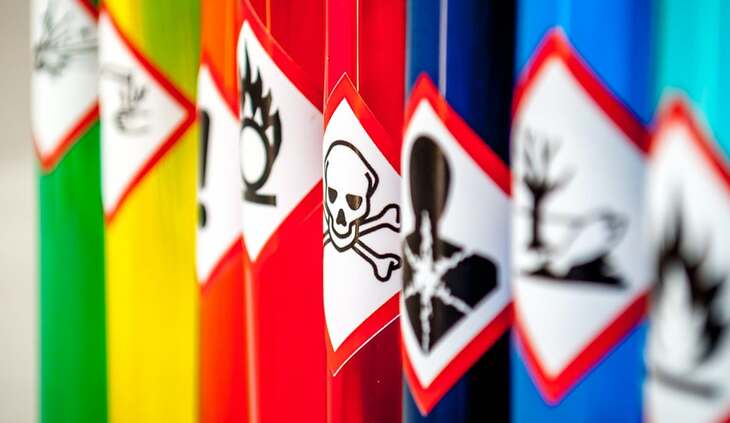A lot of companies are hardly familiar with the existing models for risk assessment of hazardous substances in the workplace. Each model requires different input values and contextual data to estimate the impact on the health of employees. We can imagine that companies can no longer see the wood for the trees. For this reason, we wrote a short blog to explain the difference between qualitative and quantitative assessment models.
Models: an alternative to measurements
For a company that works with many substances and products, it is difficult to assess the health risks with exposure at a glance. The answer to this challenge is often ‘’ to measure is to know’’. However, the alternative is to first apply exposure models in order to estimate the inhalation and/or dermal risks of hazardous substances. Based on this initial assessment, companies are able to prioritize the substances, products and work-related activities that possibly expose risks and require measures. Modeling is a commonly used and accepted method to assess the risks before actual measurements are performed. It saves money and time, and when the models are applied correctly, sometimes follow up measurements are not even required.

Qualitative versus quantitative modeling
There are many risk assessment models available such as the well-known ECETOC-Tra, COSHH Essentials, EMKG Expo tool, Stoffenmanager and ART-model. The models apply a qualitative or a quantitative approach, but what is exactly the difference?
With a qualitative assessment, risks are based on a couple of variables and expressed in ‘’low’’, ‘’medium’’ or ‘’high’’ risks. Variables taken into account are the H-phrases of substances, physical-chemical features and characteristics of the workplace and activities. A qualitative model does not often estimate an exposure concentration that can be measured against the so-called Occupational Exposure Limit Value (OELV).
In contrast to qualitative models, quantitative assessment models estimate an actual exposure concentration based on specific input values that are related to the substance as well as the workplace and activity. This exposure concentration is then measured against the OELV resulting in a Risk Characterization Ratio (RCR). If RCR is below 1, risks are adequately controlled. However, if RCR is equal to or greater than 1, using the substance is not safe which means the situation needs to be further controlled by performing additional measurements or actions.
In short, a quantitative assessment model will always result in an exposure estimation such as an estimated concentration or RCR, while a qualitative assessment will not. The RCR is more accurate and will provide you with directions to take measurements and actions. As an employer it is also important to know that the inspection advices to use quantitative models. So, if you want to get everything straightened out, adopt a quantitative model to assess your hazardous substances!
Curious how Chemrade can help you with quantitative assessment of hazardous substances? Contact us for a demo!